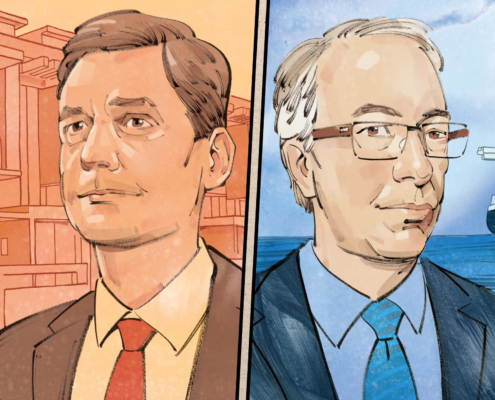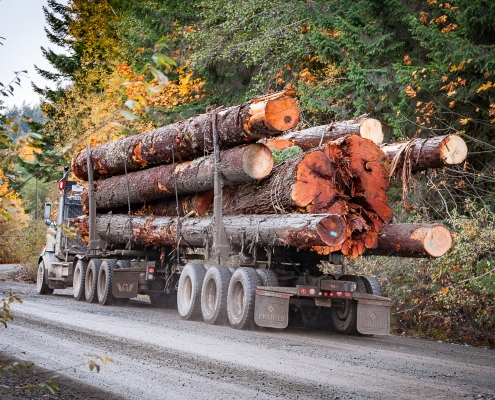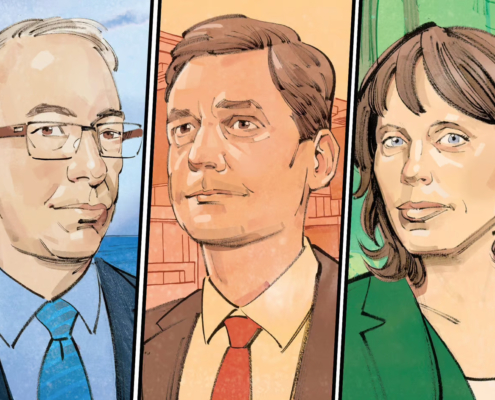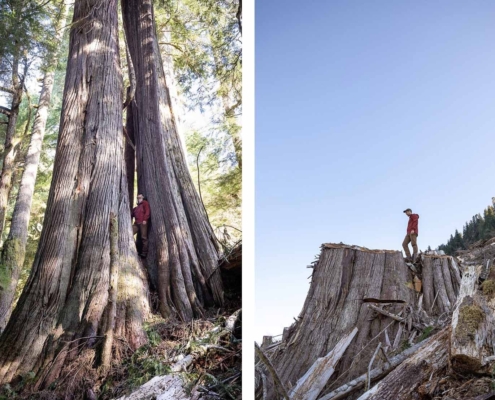
The Narwhal: BC election results: no clear winner. What could that mean for nature and climate?
Results show the BC NDP and the BC Conservatives in a neck-and-neck battle. With some ridings too close to call, British Columbia may be looking at another minority government

The Tyee: Why Both Parties Are Wrong about BC’s Forestry Crisis
The problem isn’t red tape; it’s a lack of trees.

The Narwhal: Your BC election guide to old-growth forest and other key nature issues
The decisions of the next provincial government could determine the trajectory for almost 2,000 species at risk in BC.

Nature Protection: Where Do BC’s Major Political Parties Stand?
As we approach a BC election on October 19th, 2024, here's where BC's major political parties stand on protecting nature.
